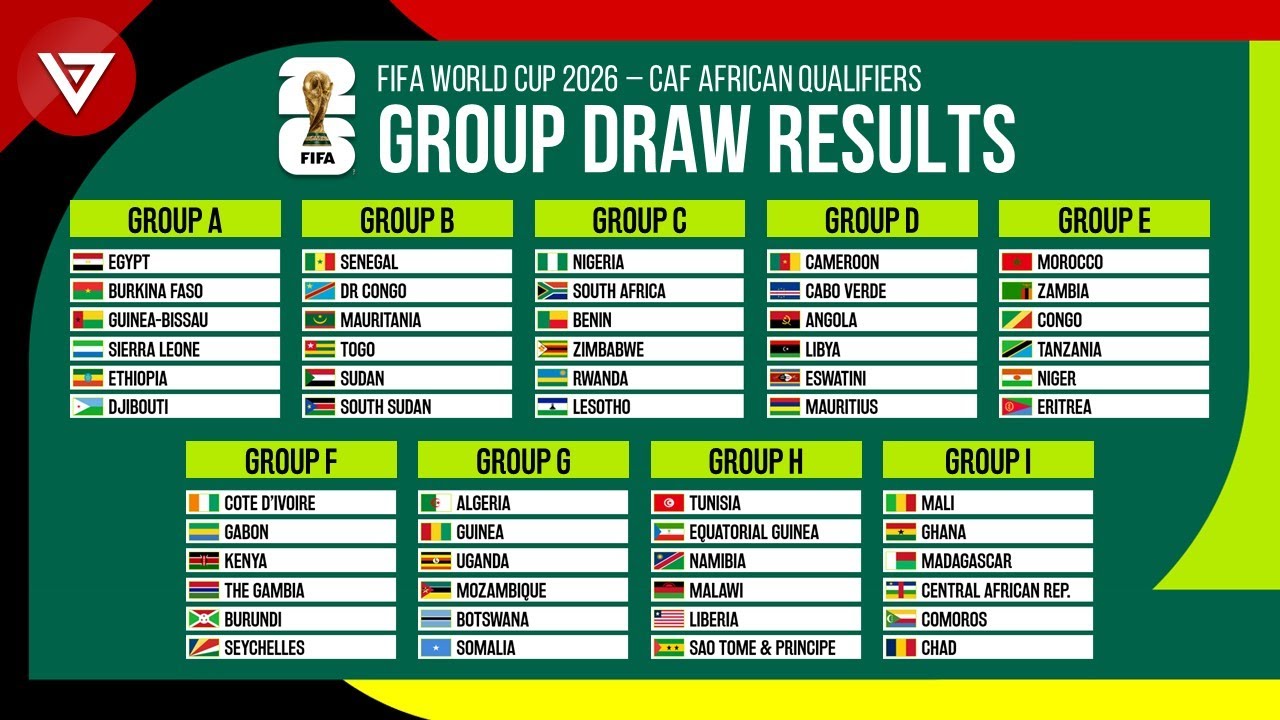With the recent international cycles concluding, attention is firmly shifting towards the FIFA World Cup 2026, now just a year away. As qualification campaigns progress and teams participate in continental tournaments, early power rankings emerge, offering a snapshot of potential contenders and shedding light on the current state of national teams preparing for the expanded 48-team spectacle across North America.
Assessing the global football hierarchy at this juncture provides valuable insight into which nations are building momentum and which face challenges. While the field is not yet complete, key trends and team strengths are becoming apparent.
The Top Tier: Familiar Giants and Tactical Mastery
At the summit of many early analyses sit nations renowned for their technical prowess and recent tournament success. Spain, fresh off strong performances, are often highlighted for their control-oriented midfield featuring talents like Pedri and Rodri, complemented by dynamic attackers. Their ability to dictate tempo is seen as a significant advantage, particularly in potentially challenging summer conditions.
World champions Argentina remain formidable. Despite easing Lionel Messi`s workload in qualifying, they demonstrate depth and tactical flexibility, including impressive wins without their talisman. Their ability to maintain clean sheets in crucial matches underscores their defensive solidity, a hallmark of successful tournament sides.
France boasts an embarrassment of attacking riches, making them a perpetual threat. Even potential injury concerns across the squad seem manageable given the depth of elite talent available. The key for Les Bleus appears to be tactical deployment, maximizing their offensive potential under pressure.
Brazil possesses immense individual talent across the pitch but has occasionally struggled to coalesce into a consistently dominant unit. The arrival of a highly-rated coach is anticipated to unlock this potential, but the timeline for implementation is tight.
Strong Contenders and Emerging Threats
Just below the absolute favorites, a group of strong contenders presents diverse challenges:
- Portugal: Proving they can win tournaments even without peak Cristiano Ronaldo driving every attack, Portugal`s emerging young stars add a new dimension.
- England: A squad brimming with top-tier talent but seemingly still finding its optimal tactical identity. The challenge lies in integrating attacking potential while solidifying defensive structures.
- Germany: Technical quality is undeniable, but questions persist regarding their attacking focal point, a common theme in modern football where traditional strikers are rare commodities.
- Netherlands: A solid core, particularly in midfield, makes them capable of competing with the best, though consistency in converting chances remains a point of observation.
- Morocco: Building on their historic 2022 run, the Atlas Lions appear even stronger, boasting an impressive winning streak that signals serious ambition.
- Norway: Perhaps the designated `dark horse`, contingent on qualification. With generational talents like Haaland and Odegaard, supported by solid players, they possess the firepower to trouble any opponent. Qualification itself, however, presents a significant hurdle after a long absence from major tournaments.
The Hosts` Position: Talent vs. Breakthrough
For the host nations – USA, Mexico, and Canada – these early rankings offer a specific perspective. Mexico, positioned at 18th in some analyses, benefits from a recent revival and the undeniable advantage of fervent home support. They have historically performed well when hosting, making the quarter-finals on both previous occasions.
Canada, featuring exciting individual talents, showed promise in recent major tournaments but also experienced a dip in form during the latest Gold Cup without key personnel. Their trajectory remains somewhat uncertain.
The USMNT, often ranked outside the top 20 (e.g., 22nd), finds itself behind Mexico according to some metrics. The analysis points to a talented pool of players – arguably the most talented the nation has ever produced. However, the critical observation is that few of these players, while plying their trade at respectable European clubs, have yet made the definitive `leap` to become truly elite, game-winning superstars capable of consistently deciding tight knockout matches at the highest level. This perceived lack of transcendent, in-form talent at the very top end is cited as a potential ceiling on their immediate prospects, despite the significant advantage of being hosts. The question lingers: can one or two step up in the crucial year ahead?
Beyond the Top Contenders
Further down the rankings, teams like Ecuador demonstrate incredible defensive resilience, conceding remarkably few goals in qualifying. Japan continues to impress through Asian qualification with a well-organized squad and tactical acumen. Croatia, bafflingly resilient in World Cup knockouts despite sometimes struggling in Euros, cannot be discounted as long as their core remains competitive.
These early power rankings serve as an initial compass pointing towards the potential narratives of 2026. While positions will undoubtedly shift as teams navigate the final year of preparation, they highlight the dominant forces, the rising challengers, and the specific dynamics facing the host nations as the global footballing spotlight intensifies.

